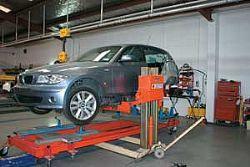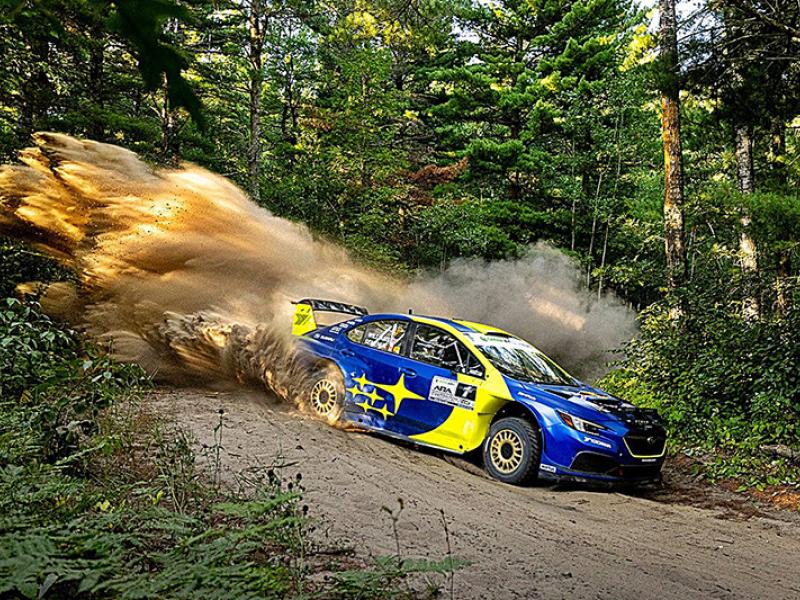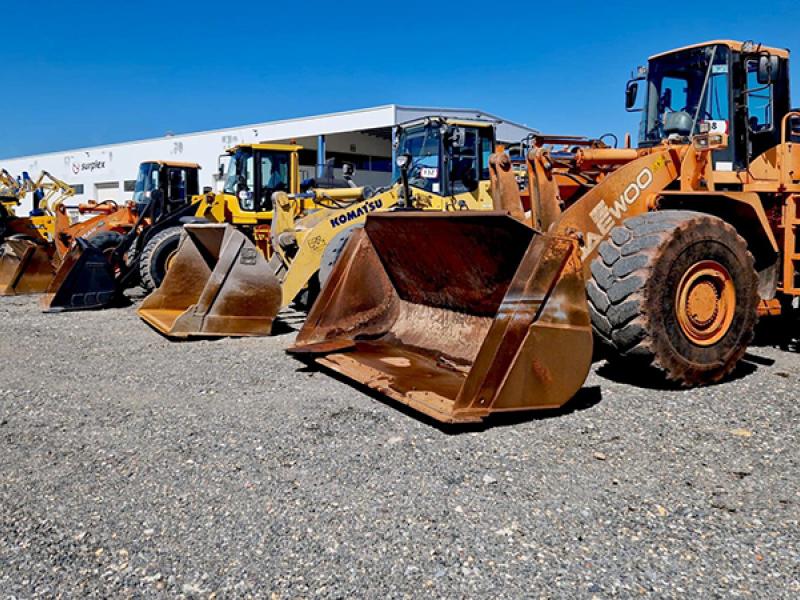Big business is screwing the little guy and it could cost lives! That is the view of Collision Repair Association (CRA) general manager Neil Pritchard. Over recent years the industry has seen significant change in the way crash repairers acquire business. “Customers used to have a choice of where they had their vehicle repaired,” he said. “Now their insurance company will likely send them to a ‘preferred repairer’. Some, such as AA Insurance, have taken that control one step further by directing policy holders to leave their vehicles at an assessment depot. This may sound like an efficient, hassle-free solution but, Mr Pritchard warns, like many simple solutions, it has some major pitfalls. “What the customer does not see is the haggling that is going on behind closed doors,” he said. “At these depots, several repairers are invited to quote on the repair damage, and the lowest quote generally gets the job. At low cost, repairers eager to win work, need to do more jobs faster or use cheaper, often second-hand, parts in order to reduce their repair price and maintain a sustainable business. “A major concern of the automotive industry over recent years is that damaged vehicles are repaired to their original manufactured state,” said Mr Pritchard. “Vehicle construction is evolving rapidly and many structural areas are engineered with ultra-high strength steels and ‘crush’ zones, which absorb the excessive forces created in an accident in order to reduce passenger injury. “Being forced into a ‘lowest quote’ competition for work creates the inevitable pressure to finish a job as quickly as possible, which certainly creates concerns that repairing vehicles back to manufacturer’s specifications will be jeopardised,” said Mr Pritchard. “While a repair may appear adequate externally, the safety of the occupants could be compromised if the repaired area had to absorb a second impact. “You don’t have to be a rocket scientist to work out that repairing vehicles in this manner is eventually going to lead to people cutting corners and potentially causing a serious accident. The consumer has lost the right to choose the repairer yet still carries all the risk. “Some of our members have refused to sign preferred repairer contracts because they can’t deliver acceptable quality under these conditions. Obviously insurance companies provide an important work stream but these guys also have a conscience,” said Mr Pritchard The Motor Trade Association’s Manager of Advocacy and Training Dougal Morrison echoes the fears voiced by the CRA. “As technology evolves, our members are expected to continually invest in the knowledge and tools to complete vehicle repairs to a high-standard,” said Mr Morrison. “They need to make reasonable returns to do this and driving the price down is going to reduce the funds available for this investment.” About the CRA: The Collision Repair Association (CRA) was founded in 1913 with the aim of introducing an industry-wide standard of quality, by which its nearly 500 members are measured. CRA-accredited repairers are required to regularly attend training courses and upgrade equipment to meet international manufacturers’ standards. Each new member is assessed and must complete a 12-month probation period. CRA members account for around 80% of all insurance work carried out in New Zealand. For more info: www.collisionrepair.co.nz
Automotive repairers forced to compromise
Automotive repairers forced to compromise
Motorsport
Wednesday, 04 February 2009






